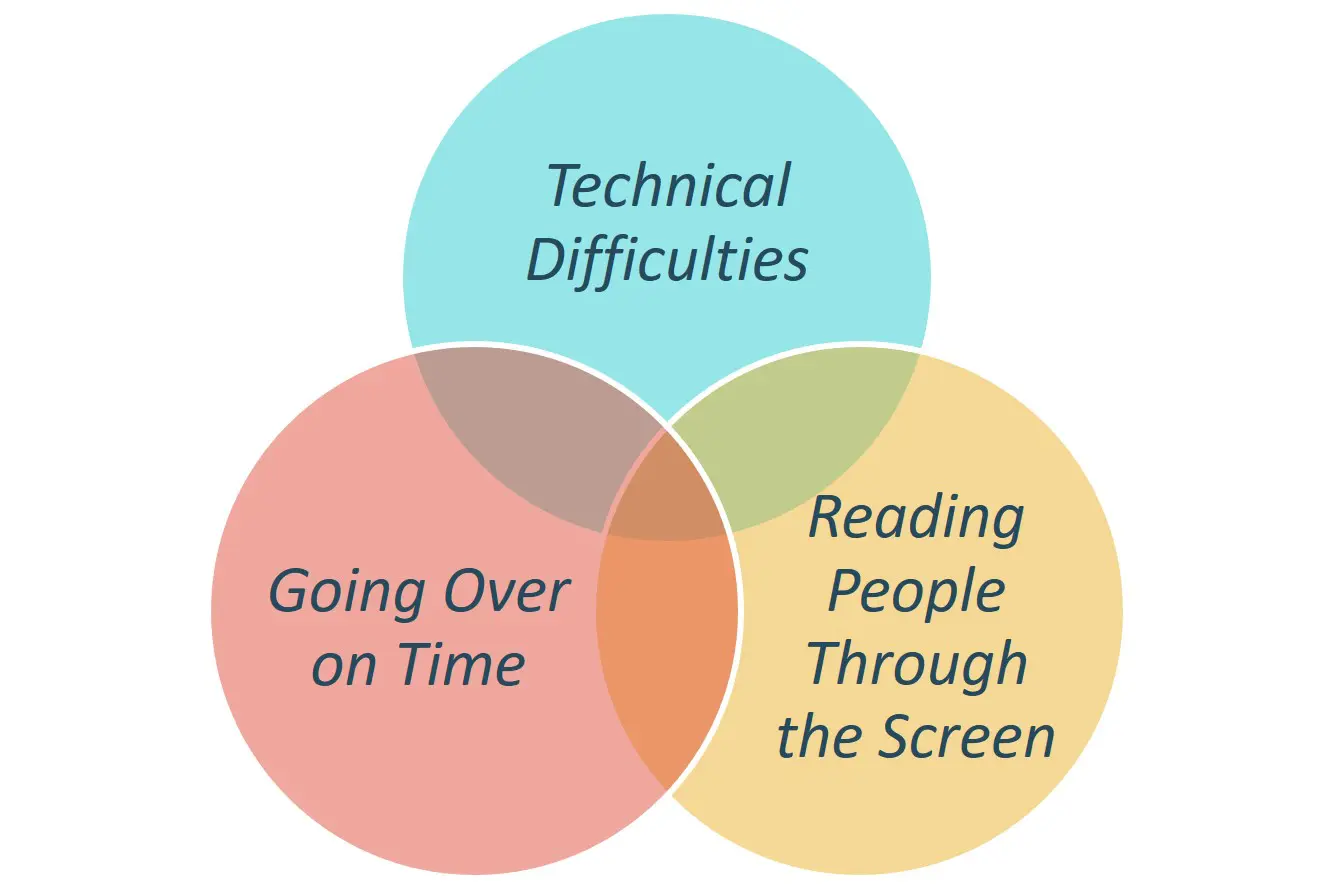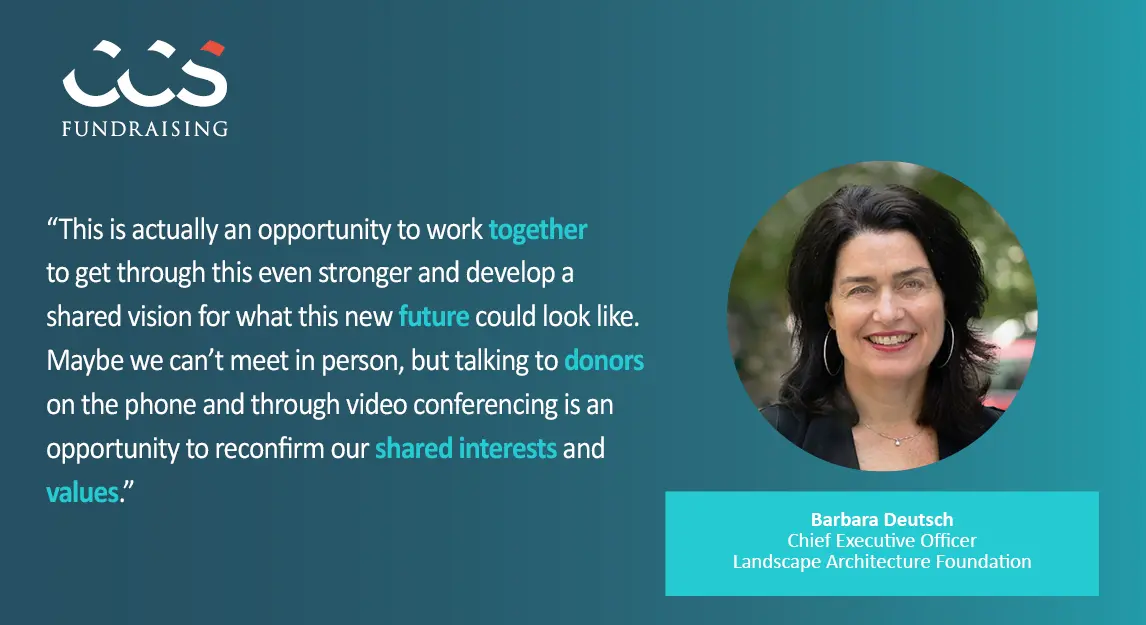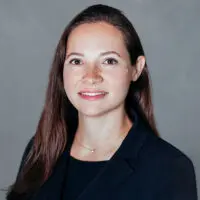Innovative solutions for engaging nonprofit supporters have emerged as the COVID-19 pandemic has caused organizations to reevaluate and revise their fundraising strategies, particularly those halted by social distancing practices. For nonprofits across sectors, it will take some trial and error to determine which solutions are most effective, and perhaps, worth integrating into long-term toolkits for raising funds in a post-pandemic world.
One area that is currently being tested is virtual fundraising events. A recent CCS blog post offered advice for transitioning in-person events to online, assisting those organizations unable to cancel and forgo a significant source of annual revenue. With many nonprofits embarking on this uncharted path during this health crisis, several recipes for success have since come to light.
In this post, Tracy Conte, Vice President of Development and Community Engagement at Ability Beyond, a nonprofit that serves over 3,000 people with disabilities in Connecticut and New York, offers insights on their first No Go Gala held on April 25. We spoke to Tracy about how this event was created and implemented.
Why did you decide to plan a virtual fundraising event rather than cancel the event?
Our team knew it was important to move forward and raise awareness and critical funds for the people we serve. In ordinary times, Ability Beyond serves some of the most vulnerable members of our community, and our annual gala raises essential support for programs and services including housing, employment opportunities, and social connection. During the COVID-19 state of emergency, our people – from consumers to frontline caregivers – have been deeply affected, and we face mounting costs and lost revenue due to the pandemic. We needed to proceed with the gala to ensure the well-being of our people and the stability of the organization.
What was the format for the virtual fundraising event?
Our No Go Gala consisted of a special print and email appeal, dedicated event webpage accepting donations from April 1 through May 1, and a live one-hour giving hour on April 25 – the date of our original gala.
The live giving hour was heavily promoted in advance, streamed on our website and open to all. Comedian Christine O’Leary, who is a favorite past-host at our in-person gala, led the program from the Amber Room Colonnade in Danbury, CT, our long-time venue partner. The program included video messages from Ability Beyond team members and sponsors, special stories from clients and staff, communication on the impact of COVID-19 to the organization, and a live lend-a-hand pledge. We received surprise call-in donations and shared these exciting moments with our online guests.
How did you measure success?
We are extremely proud of the way our community came together to support the No Go Gala. The virtual event raised over $465,000, surpassing our goal of $400,000. Beyond funds raised, more than 1,200 members of our community joined us for the live webcast to show their support for our clients and staff.
What key strategies led to your success?
There are a few factors that stand out:
We were able to secure early leadership commitments. Many of these commitments came through early solicitations before we transitioned to a virtual event, as part of ongoing major gift work. When we chose to move our event online, we communicated our plans to current and prospective donors, explained how the virtual event will help address existing and new needs related to COVID-19, and asked donors to consider sustaining or increasing their support. We were largely met with generosity and praise for quickly pivoting.
We galvanized our community. From the start of the pandemic, we increased our communications and focused on what is happening at Ability Beyond and how people can help support us – financially, with in kind donations, and through volunteer efforts. We consistently underscored the importance of our mission and the role of philanthropy. As we made plans for the virtual event, we included updates in our regular communications. We leaned on our community – board members, committee volunteers, families, and friends – to participate, provide financial support, and invite others in their network to join us. After becoming aware of Ability Beyond’s situation and needs, they rose to the occasion to help.
Timing played an important role. The idea of a virtual event came up in early March as social distancing was beginning to hit Connecticut and New York, and we closed our day programs for the safety of our clients and staff. With some support for an in-person gala already committed and an invitation ready to send, we quickly redirected our efforts to planning this virtual event. Immediately, our development and communications team worked to determine logistics, developed a communication strategy, and reached out to sponsors and donors. Coupled with news of Ablity Beyond’s needs and a rising interest in helping essential human service nonprofits like ours, the novel idea of a virtual event resonated as a method to help our community through these trying times.
Ability Beyond’s No Go Gala offers a model for other organizations conducting a virtual fundraising event, and we are already seeing more examples of successful pivots to online events. While nonprofits continue to explore and adapt, perhaps the biggest lesson to learn from Ability Beyond is to leverage proven, relationship-based fundraising strategies and to not be afraid to try something new.
Planning a Virtual Fundraising Event: How to Begin
- Engage your leadership team and top donors. Deploy your development staff and volunteers to personally call your most supportive leaders and donors. Share your plans, seek advice, and ask for early commitments.
- Increase communications to your greater community. Ensure your community is aware of your organization’s needs, the impact COVID-19 is having on your programs and services, and ways to help. These updates may be through increased online and email communications, as well as new tactics like webinars or group calls. As your virtual event takes shape, you can communicate plans and ask for support from an already captive audience.
- Consider what makes your in-person gala unique and adapt to an online format. Are there annual performances or entertainers willing to help? Are there mission-focused highlights of students, patients, or other people served? Are there awards and recognition opportunities that inspire and motivate others. Integrate the elements that make your fundraising event special into your online program.
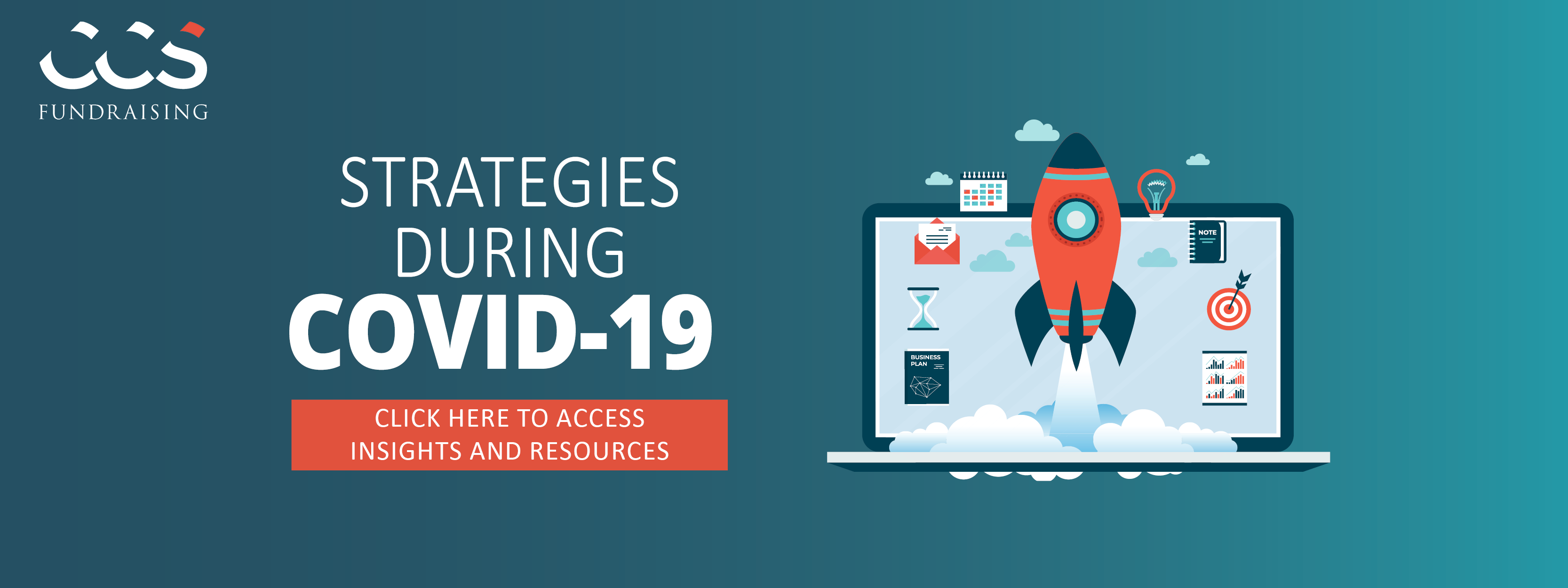
CCS Fundraising is a strategic fundraising consulting firm that partners with nonprofits for transformational change. Members of the CCS team are highly experienced and knowledgeable across sectors, disciplines, and regions. With offices throughout the United States and the world, our unique, customized approach provides each client with an embedded team member for the duration of the engagement. To access our full suite of perspectives, publications, and reports, visit our insights page. To learn more about CCS Fundraising’s suite of services, click here.
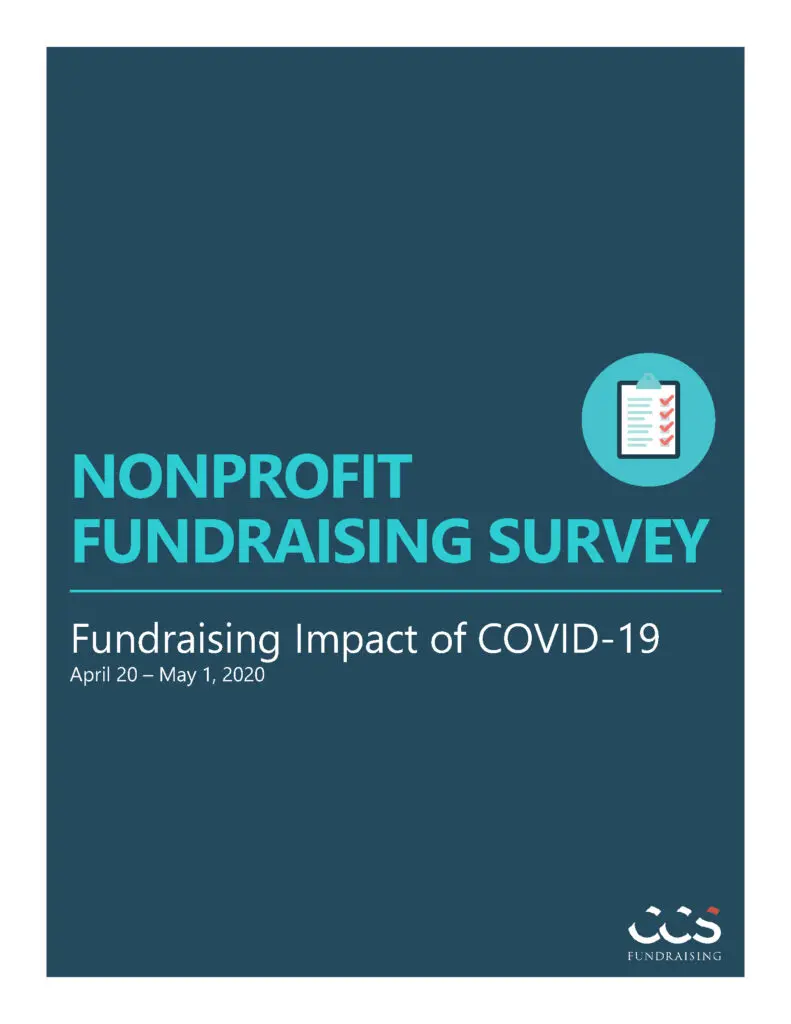






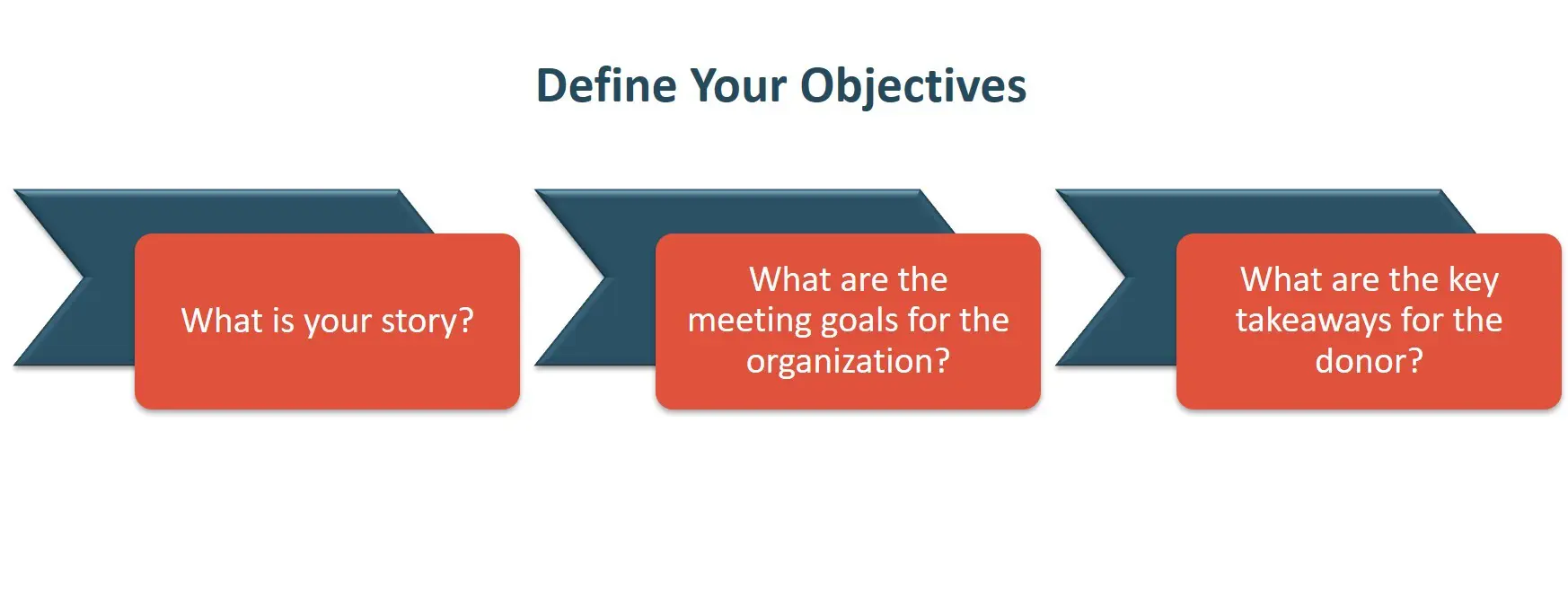 When putting together a virtual tour, consider the following:
When putting together a virtual tour, consider the following: